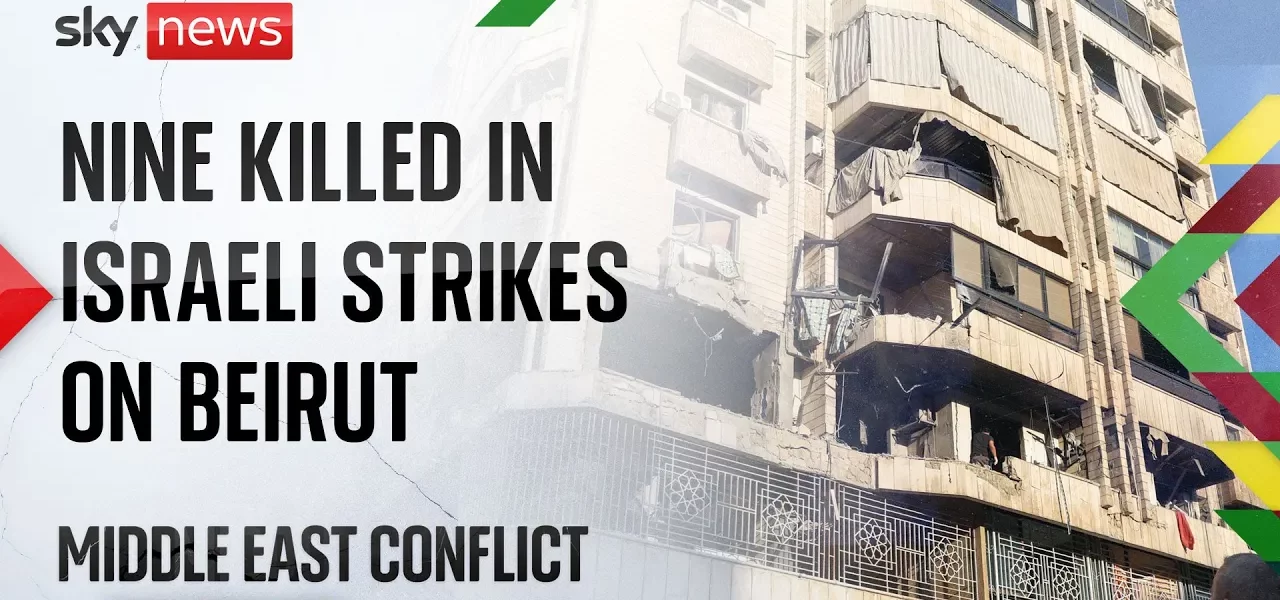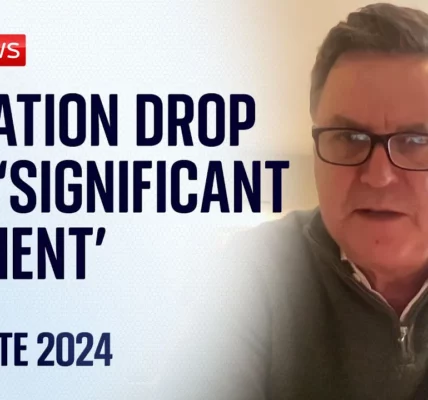Escalating Tensions: Israeli Strikes in Lebanon and Ongoing Conflict

This article delves into the recent military actions undertaken by Israel in Lebanon, the resulting civilian casualties, and the implications for regional security. With insights from security experts, we explore the dynamics between Israel and Hezbollah and the current state of conflict.
Introduction
The ongoing military exchanges between Israel and Hezbollah have escalated significantly, causing alarm both regionally and internationally. Recent airstrikes by Israeli jets in Central Beirut have resulted in civilian casualties and raised fears of further retaliation. As tensions rise, the international community watches closely, hoping for a resolution but bracing for potential escalation. This article examines the latest events, the historical context of the Israel-Hezbollah conflict, and the implications for the civilian population in the affected areas.
Recent Developments in the Conflict
In the early hours of a recent morning, Israeli jets targeted a residential area in Central Beirut, resulting in at least six fatalities and several injuries. This marked the second airstrike within a week, emphasizing the growing intensity of military operations in the region.
Casualties and Damage
According to Lebanon’s Health Ministry, the airstrikes have not only caused loss of life but also inflicted significant damage to infrastructure. The residential block that was hit underscores the risks faced by civilians amidst military operations.
Response from the Israeli Military
In response to incoming fire from Hezbollah positions, the Israeli military reported the interception of approximately 25 projectiles targeting Northern Israel. The Iron Dome defense system successfully neutralized several of these threats, showcasing the effectiveness of Israel’s military technology.
Analysis of Military Strategies
Israel’s military strategy in Lebanon is multifaceted, involving both offensive strikes and defensive measures. The use of the Iron Dome highlights Israel’s focus on protecting its citizens while simultaneously targeting Hezbollah’s military capabilities.
Iron Dome’s Role
The Iron Dome has been pivotal in safeguarding Israeli territories from rocket fire. Its deployment during recent escalations has prevented potential casualties and damage. Key features include:
- Rapid response to incoming threats
- High interception success rate
- Minimization of civilian impact during military operations
Hezbollah’s Counteractions
Hezbollah has demonstrated resilience and determination in face of Israeli strikes. Despite suffering significant losses, including the reported deaths of 15 fighters, the group continues to retaliate. Its strategies include:
- Maintaining a robust network of military assets near the border
- Utilizing guerilla tactics to evade detection
- Engaging in coordinated strikes against Israeli forces
Impacts on Civilians
The ongoing conflict has dire implications for civilians living in the affected areas. Both Israeli and Lebanese populations face the brunt of military operations, leading to widespread fear and displacement.
Humanitarian Concerns
As airstrikes continue, humanitarian organizations express grave concerns regarding the safety of civilians. Key issues include:
- Immediate threats to life and safety
- Destruction of homes and essential services
- Psychological impact on affected populations
International Response
The international community has called for restraint from both sides, advocating for dialogue and peacekeeping measures. However, the complexity of the conflict poses significant challenges to diplomatic efforts.
Historical Context of the Israel-Hezbollah Conflict
Understanding the current military actions requires a look back at the historical context of the Israel-Hezbollah conflict. Israel has a long history of military engagement with Hezbollah, dating back to the 1980s.
Key Historical Events
Several key events have shaped the current landscape, including:
- The Israeli invasion of Lebanon in 1982
- The withdrawal of Israeli forces in 2000
- The 2006 Lebanon War, which resulted in extensive casualties on both sides
The Current State of Affairs
In recent years, escalating tensions have been fueled by a series of provocations and retaliations, particularly following the October 7 attacks by Hamas. The focus of Israel’s military operations has shifted towards addressing threats from Hezbollah, indicating a strategic pivot in their military agenda.
Conclusion
The situation between Israel and Hezbollah remains complex and fraught with danger. The recent Israeli airstrikes in Lebanon, coupled with ongoing retaliatory actions, illustrate the volatility of the region. As military strategies evolve, the humanitarian impact on civilians cannot be overstated. It is crucial for the international community to facilitate dialogue to avoid further escalation and to support those affected by the conflict. The path to peace requires understanding, cooperation, and a commitment to de-escalation from all parties involved.
For further insights into the Israel-Hezbollah conflict and related topics, visit our other articles on regional security and military strategies.
“`




